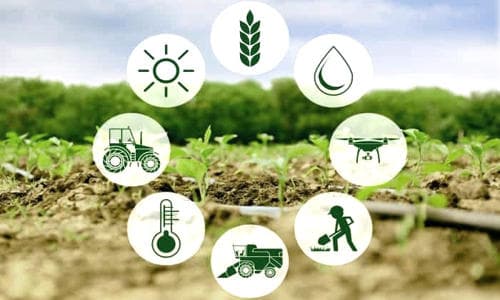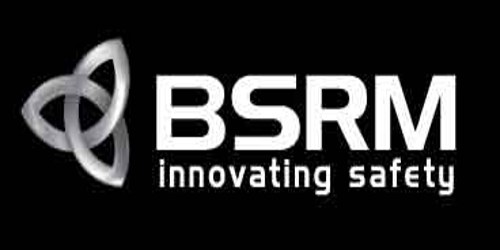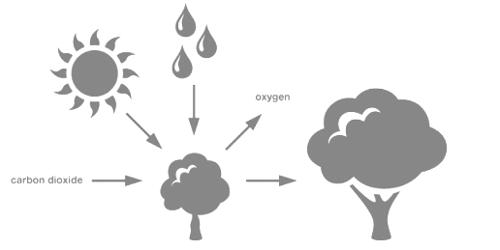e-Agriculture, focuses on the enhancement of agricultural and rural development through improved information and communication processes. e-Agriculture is a global community of practice that facilitates dialogue, information exchange, and sharing of ideas related to the use of information and communication technologies (ICTs) for sustainable agriculture and rural development. More specifically, e-agriculture involves the conceptualization, design, development, evaluation, and application of innovative ways to use information and communication technologies (ICTs) in the rural domain, with a primary focus on agriculture. The mission of e-Agriculture is to facilitate the discussion on the adoption and use of ICTs and digital innovations in agriculture, forestry, fisheries, natural resource management, and rural development. Members have a common interest that brings them together, that of improving policies and processes around the use of ICTs in support of agriculture and rural development, in order to have a positive impact on rural livelihoods.
“e-Agriculture involves the conceptualization, design, development, evaluation, and application of innovative ways to use information and communication technologies (ICTs) in the rural domain, with a primary focus on agriculture.”
ICT includes devices, networks, mobiles, services, and applications; these range from innovative Internet-era technologies and sensors to other pre-existing aids such as fixed telephones, televisions, radios, and satellites. e-Agriculture Community is made up of over 12,000 members from 170 countries and territories, members are information and communication specialists, researchers, farmers, students, policymakers, business people, development practitioners, and others. Provisions of standards, norms, methodologies, and tools as well as the development of individual and institutional capacities, and policy support are all key components of e-agriculture. The practice of e-governance, which creates transparency and governance through IT has enabled the citizens. Successful implementation of e-governance in the areas like- maintain land records is a great step in removing the malpractices and creating assurance of rightful ownership.

Many ICT in agriculture or e-agriculture interventions have been developed and tested around the world to help agriculturists improve their livelihoods through increased agricultural productivity and income, or by reducing risks. IT supports new methods for precision agriculture like computerized farm machinery that applies to fertilizers and pesticides. Farm animals are fed and monitored by electronic sensors and identification systems.
Market expansion with the help of ICT can be seen through various examples, such as – In recent years the village and heritage tourism in remote areas of the country has picked up a huge momentum and this has been done on account of awareness being created by the online portals, attracting more visitors compared to past. Some useful resources for learning about e-agriculture in practice are the World Bank’s e-sourcebook ICT in agriculture – connecting smallholder farmers to knowledge, networks, and institutions (2011), ICT uses for inclusive value chains (2013), ICT uses for inclusive value chains (2013) and Success stories on information and communication technologies for agriculture and rural development have documented many cases of use of ICT in agriculture. ICT helps in growing demand for new approaches. It also helps in empowering rural people by providing better access to natural resources, improved agricultural technologies, effective production strategies, markets, banking, and financial services, etc. This article explores the role of ICT in the agricultural sector.
















